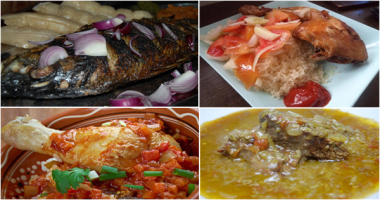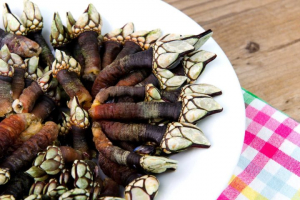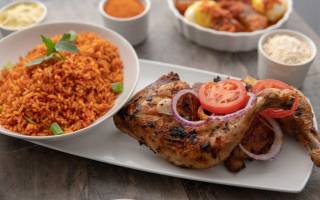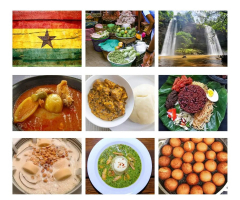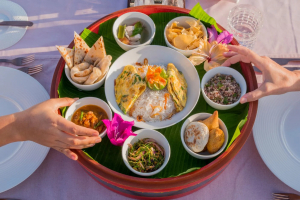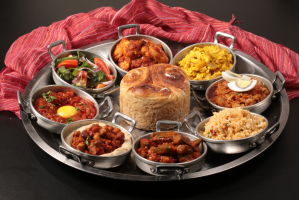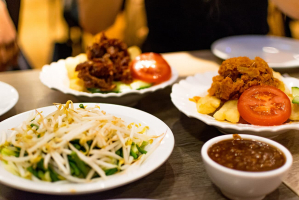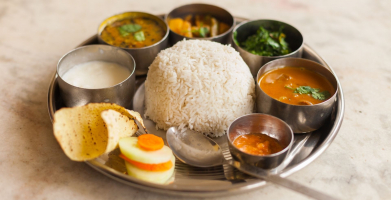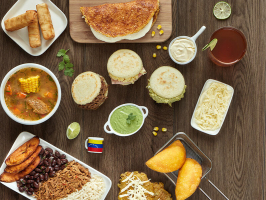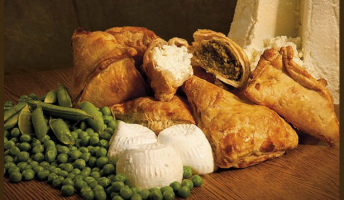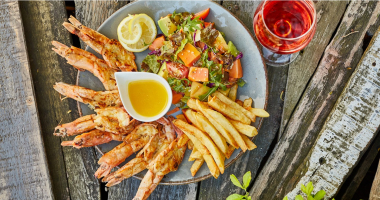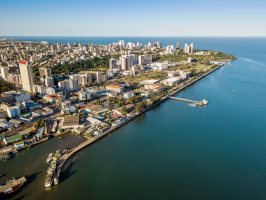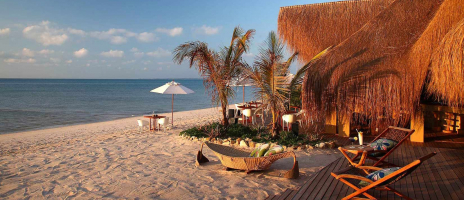Top 7 Mozambique's Speciality Foods
Mozambique's gastronomic environment is diverse, with an abundance of agricultural produce and fresh fish. There are significant Portuguese and Arab influences ... read more...in the cookery, and there is so much wonderful food to choose from that a single list would be insufficient.Toplist's round-up of the top dishes will help you discover some of the tastiest cuisine.
-
Xima (pronounced shima) is the foundation of Mozambican cuisine. This staple is a type of porridge cooked with maize flour that is popular throughout Africa. It's white in color and has a moderate flavor, making it an ideal complement to vegetable stews or meaty entrees. Because of its hard texture, it is simple to pick up with your hands and provides an excellent receptacle for scooping up the sauce.
Xima, in all its hot steaming glory, is simply ground maize boiled with water to form a semi-solid porridge. The flavor is pretty bland on its own, but it is frequently served with some form of carril (sauce) and makes for a really pleasant supper! Xima is a mainstay of the normal Mozambican diet, and during "tempo de fome" (hunger season) in some places, a bowl a day is all some families can eat.
The production of xima begins in the field, when dry maize is gathered, shucked, and allowed to soak. The firm kernels are immersed for two days before being spread out to dry. They are transported to the mill after drying, pounded into powder, and set out (again) to dry in the sun. After three days of effort, the maize flour is finally ready to be turned into xima.
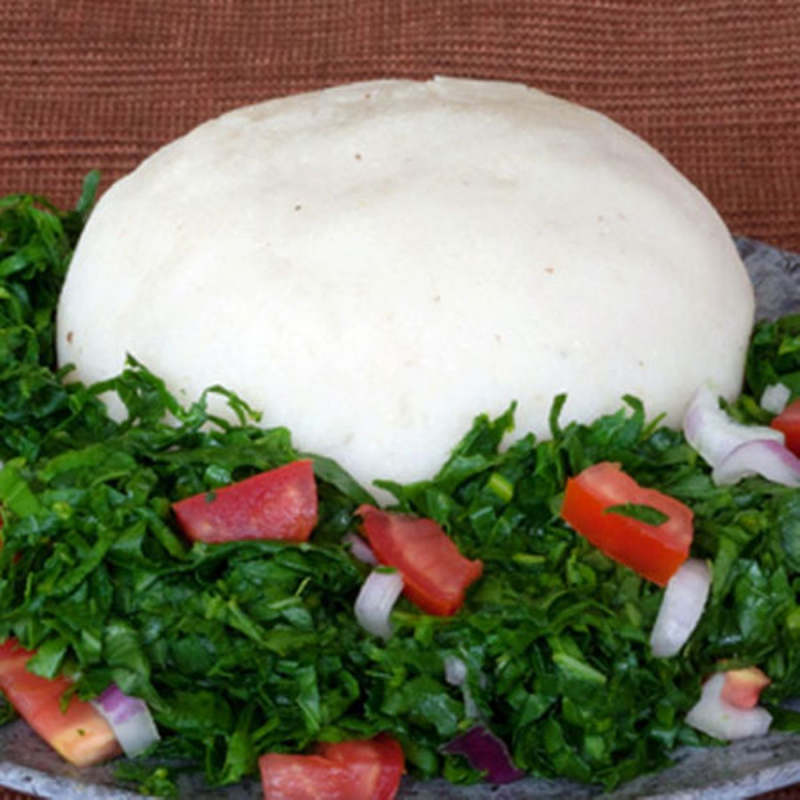
Source: Hivisasa Source: OklahomaGardening -
Piri Piri is a malagueta pepper cultivar of Capsicum frutescens. It was created by Portuguese explorers in Portugal's old Southern African possessions, specifically Mozambique and its border areas with South Africa, and later extended to other Portuguese kingdoms.
The sauce is formed from peri-peri chilis and was first created by Portuguese in Southern Africa (used as a seasoning or marinade). Beyond Portugal and the Southern African area (Angola, Namibia, Mozambique, and South Africa), where it originated, the sauce has gained popularity in the United Kingdom as a result of the success of the South African restaurant chain Nando's. The main components are chili and garlic, with an oily or acidic foundation. Recipes vary from area to region, and occasionally within the same region, depending on intended usage (for example, cooking vs. seasoning at the table), but the important elements are chili and garlic, with an oily or acidic base. Salt, spirits (specifically whiskey), citrus peel, onion, pepper, bay leaves, paprika, pimiento, basil, oregano, and tarragon are among popular components.
There are so many different types of piri-piri that most dining tables will have at least two. It is widely used as a marinade for grilling chicken and prawns. The worldwide chicken company Nando's has built its whole brand on this Mozambican sauce, so it's worth eating it at the source.
Source: Wolkberg Artisans -
Bread is another cornerstone of Mozambican cuisine, and most neighborhoods will have a small local bakery where residents can buy fresh bread on a regular basis. It is still a more popular option than the mass-produced bread found in stores. Mozambique's basic roll is fluffy on the inside and somewhat crunchy on the exterior; it's often eaten (still warm if possible) with butter. Everywhere you walk in Mozambique, you see people buying their daily bread at bakeries – lovely crusty loaves or eggy sweet rolls.
Local village bakers make the Mozambican Pao, which is the African counterpart of Portuguese bread rolls. Mozambique was a Portuguese colony, and as a result, the Pao was adopted into local cuisine. Many tourists to Mozambique return home with fond recollections of the Pao, which may be purchased along the roadside or at marketplaces early in the morning. Pao is prepared by creating a dough of water, yeast, sugar, flour, and wheat, placing it in an oven, and dusting it liberally with raw flour. This colonially inspired bread is best eaten with a large filling of peri-peri meat or chicken.
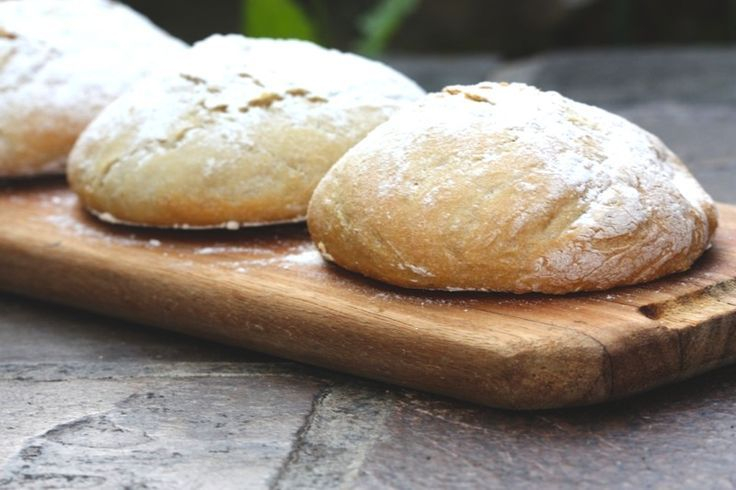
Source: Pinterest Source: Jolie Food & Recipes -
Feijoada is a bean stew with meat and pork. The term feijoada is derived from the Portuguese word feijo, which means "bean." With minor changes, it is extensively cooked across the Portuguese-speaking globe.
The primary components of feijoada are beans and fresh pork or beef. It is often cooked with black beans in Brazil (feijoada à brasileira). The stew is best made in a thick clay pot over low heat. It is typically served with rice and a variety of sausages, including chouriço, morcela (blood sausage), farinheira, and others, which may or may not be cooked in the stew.
Feijoada is a substantial bean stew made with either beef, pig, or both. It's made using a tomato and onion base and then cooked until it's velvety smooth. It's usually made with ham hock, chouriço sausage, and occasionally trotters and feet, tripe (also known as dobrada), and other offal. Richness from the fat and gelatine, as well as a robust meaty flavor, are provided by these components. There are also seafood versions, such as clams, calamari, and prawns. It goes well with rice or xima and is a favorite for Sunday lunch since it gives you ample time to digest before going to bed.
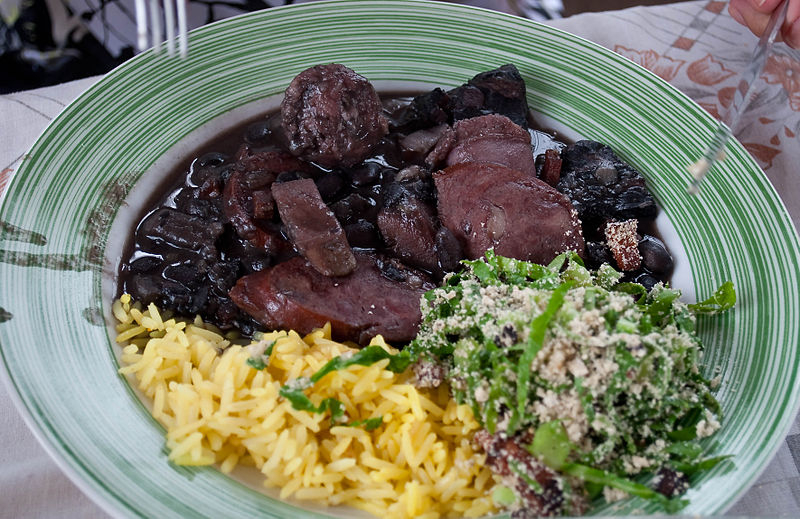
Source: Wikipedia Source: Cozinha para Iniciantes -
Galinha Asada translates from Portuguese for "grilled chicken", but in Mozambique it is more often grilled, or grilled over an open fire on the road side. A staple for local Mozambique, it can be prepared in different ways. The most famous, of course, is the Chicken Piri-Piri, in which the meat is marinated in the iconic sauce before being cooked. Ingredients vary from region to region and depend on what is most available, including chili peppers, lemons, onions and green peppers. Galinha Zambeziana is a special variant from the province of Zambezia. In this case, the chicken is marinated in fresh grated coconut milk.
The chicken is juicy and tasty, with a spicy kick! It goes well with rice, spaghetti, or even french fries. It's delicious as a sandwich on a bun, a Portuguese roll, or a Portuguese muffin, and it also makes a zesty quesadilla or panini. It can be served in an infinite number of ways.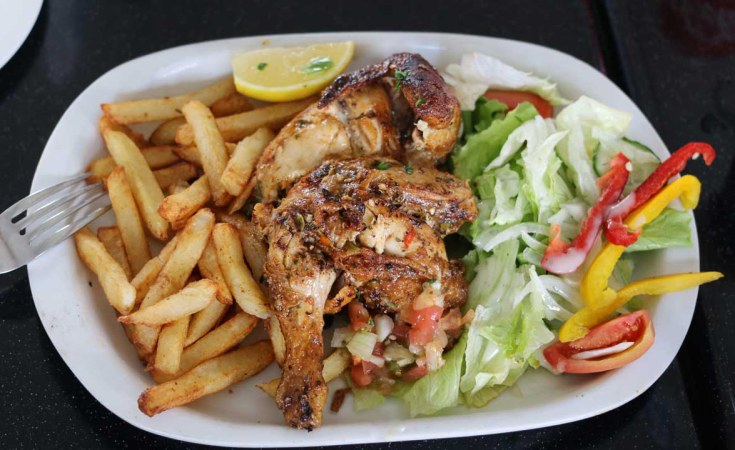
Source: allAfrica.com Source: Tia Maria's Blog -
Matapa is a traditional Mozambican meal made with young cassava leaves that are mashed before being cooked with onion, garlic, and coconut milk. Cassava leaves are consumed in several African nations, particularly those bordering Mozambique. Matapa is prepared in a variety of ways around the country, including with peanuts, beans, and shellfish such as crab and prawns. It is commonly served with rice or xima and is quite popular.
Matapa, unlike many of the meals on this list, is unique to Mozambique. Despite sharing its name with an ancient African nation, it is a simple dish comprised of cooked cassava leaves, crushed peanuts, garlic, and coconut milk. It's as simple as it is wonderful, and it's worth travelling outside of Mozambique's Western eateries to enjoy it. Matapa is frequently eaten with rice as a main course, with tiny crabs or shrimp added to the stew for taste. It may also be served as a complement to fish or meat, and it tastes very good when mopped up with xima.
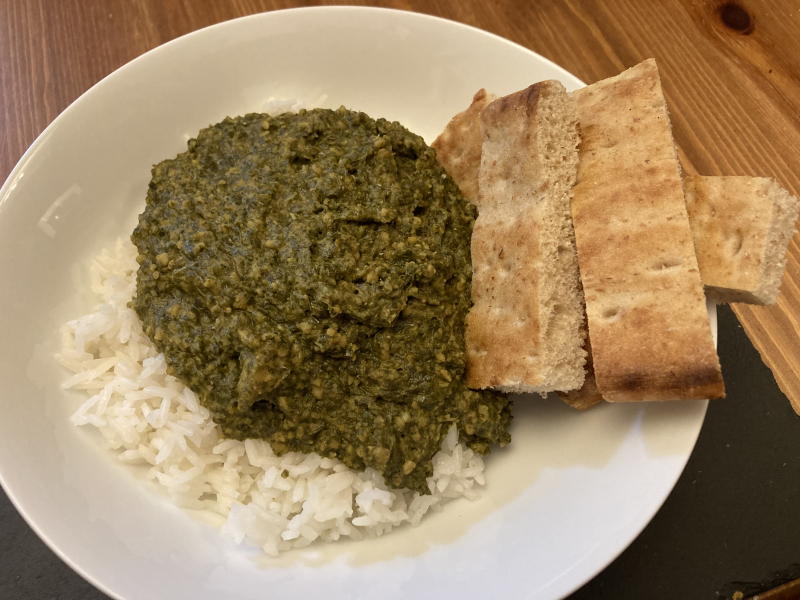
Source: Good Food on Bad Plates Source: MARCELINO FRANCISCO -
Mozambique's coastline is 1,535 miles long, and many of its inhabitants rely on the sea for a living. It's no wonder, therefore, that seafood plays a significant role in local cuisine. Grilled fish, crumbed calamari, garlic-infused octopus with mashed potatoes... all of these are readily available. The highlight, though, is unquestionably Mozambique's prawns, which may grow to enormous proportions. They are often served grilled and coated with piri-piri sauce, however lemon and garlic may suffice for those who prefer a milder flavor. Another popular dish is Prawns Nacional, which are served with a creamy beer sauce.
Although prawns are a more expensive delicacy in other areas of the world where they are frequently available on menus, they are inexpensive and widely consumed in Mozambique. Grilling them with piri-piri sauce or making a prawn curry with coconut milk are two common ways to prepare them. Both meals are delectable and must-try options.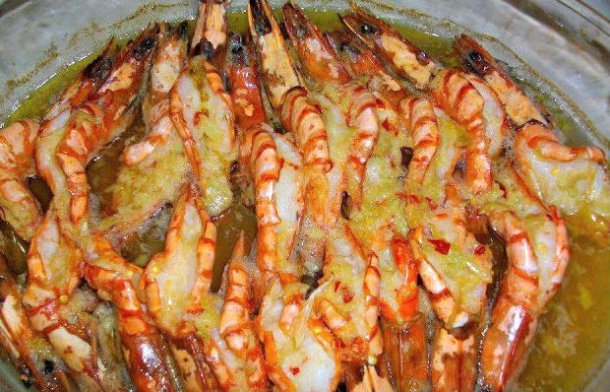
Source: Portuguese Recipes Source: Davis Sebastian









